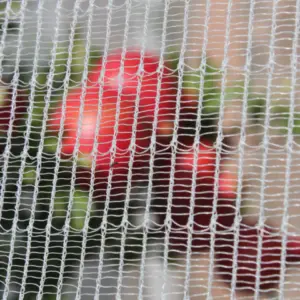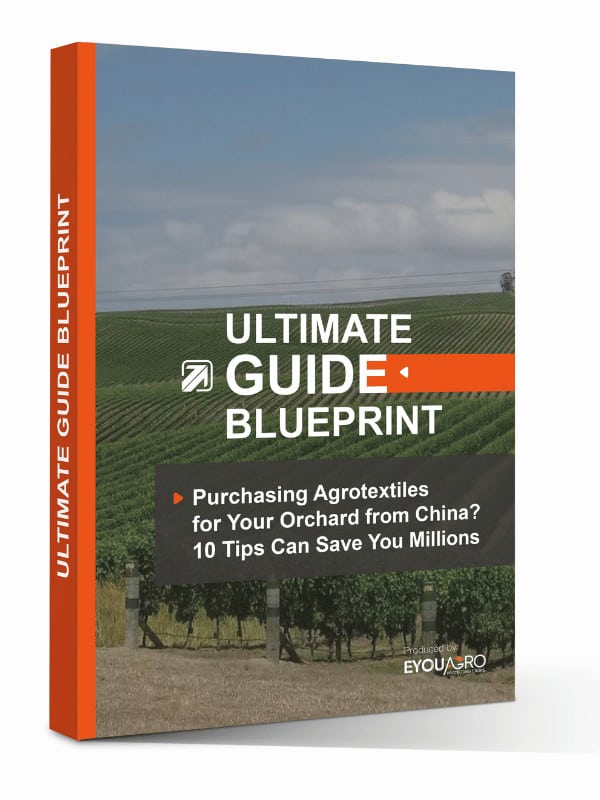Cherries can be divided into sweet cherries and sour cherries. The cherries we usually buy in fruit supermarkets are sweet, and sour cherries are mainly used for cooking, baking, and also can be made into canned cherries.
Sweet cherries are loved by consumers because of their attractive colors and special flavor. Otherwise, sweet cherries are rich in vitamin A, C, potassium, magnesium, calcium, and other elements. The needs and import quantity are rising rapidly these years.
For example, in 2017,
- Turkish cherry yields were 480,000 tons,
- the United States was 380,000 tons,
- Iran was 200,000 tons
- Chilean was 90,000 tons.
According to customs data,
China imported 186,000 tons of cherries in 2018, and the total value of imports reached 1.31 billion dollars, an increase of 83% and 69% respectively over the previous year.
The main sources of China’s cherry imports are Chile, the United States, Canada, Australia, and New Zealand.
Cherry planting situation, output, and export value in various countries
1.Chile
Chile is a long and narrow country, 4,000 miles long, from the Atacama Desert in the north to Cape Horn, but it is less than 100 miles wide. This topography has resulted in a wider changeable climate in Chile, which has brought tiered cherry planting and harvest times.
The latest data show that the total export value of Chilean cherries in 2019 ranked first in the world, with an export value of 1.1 billion US dollars (accounting for 34.7% of exported sweet cherries).
Common cherry types in Chilean farms include Royal Dawn, Brooks, Santina, Stellas, Lapins, Bing, Sweetheart, Regina, and Kordia.
In 2017, Chile planted more than 3 million cherry trees, reaching a total area of 36,600 hectares nationwide. Chile’s cherry production has tripled in the past ten years, and 90% of the cherries are sold to China, especially since the Chilean cherry season matches Christmas and the Chinese New Year, so prices and sales are well guaranteed.
2.United States
The main sweet cherry production areas in the United States are Washington, California, and Oregon, which account for more than 90% of the national sweet cherry production. The main sour cherry production state is Michigan, which accounts for about 74% of the sour cherry production.
Common types of sweet cherries grown in the United States include Bing, Rainier, Queen Anne, Montmorency.
In 2017, the total value of cherries exported from the United States was approximately US$677 million. American cherries occupy a large share of the Chinese market, but due to the escalation of the Sino-US trade war, the sales of American cherries in the Chinese market have been greatly affected.
3. Turkey
The total output of Turkey cherries in the 2019-2020 season was 865,000 tons, of which 678,000 tons are sweet cherries. There are more than one hundred varieties of sweet cherries in Turkey, among which the most popular variety is 0900, also known as Turkish Napoleon.
Although Turkey is the country with the highest cherry yields in the world, Turkish cherries are rarely seen in China.
The main reasons include:
- Turkish cherries are not suitable for long-distance transportation due to their variety;
- Turkey’s cold chain transportation is not developed, which restricts long-distance cherry exports;
- Affected by rain, the quality of Turkish cherries is hard to keep;
- Family cultivation, poor control of pesticide residues, and other factors.
However, with the further strengthening of exchanges and cooperation between China and Turkey, as well as improvements in various aspects of the cherry varieties and planting methods in Turkey, Turkish cherries will soon appear in the Chinese market.
4. Argentina
Argentina’s fruit-producing areas are mainly located in Chubut, with Rio Negro accounting for 27%, Neuquen accounting for 17%, Mendoza and Santa Cruz each accounting for 11%. The cherry-producing area in Argentina is almost at the same latitude as Chile. Therefore, the cherry harvest period in Argentina is the same as that in Chile.
From 2019 to 2020, Argentina exported about 5,600 tons of cherries, with an export value of 27 million US dollars.
The first destination market is North American (34%), other destinations include Asia (27%), Europe (17%), the United Kingdom (12%), the Middle East (6%), and South America (4%).
The most common cherry varieties in Argentina are lapin, Bing, Newstar, Sweetheart, Stella, and Sunburst.
This year 2020, Argentina’s first batch of cherries has been shipped to China by air, and it would begin to compete with Chilean cherries in the Chinese market.
5. Australia
Australia has a long history of planting cherries, from the end of the 19th century Australia began to plant cherries. It is now mainly planted in 6 states, of which NSW, Victoria, and Tasmania are currently the three largest cherry plantation places. Australian cherries are usually on the market from October to late February.
Common varieties of cherries include Merchant, Bing, Lapin, Van, Sweetheart, Ron, Skeena, Regina, Staccato, Sequoia, Dawn series, Simone and Kordia, etc.
In the 2019-2020 season, despite the decline in cherry exports, the export value still reached 82 million Australian dollars (52.9 million US dollars), an increase of 2.9% from the previous year.
China is the largest export market for Australian cherries, with an import volume of 1539 tons, accounting for 33% of total exports. Other major Australian cherry importers include Vietnam (584 tons) and Singapore (584 tons).
6. Uzbekistan
Uzbekistan is the leading cherry producer, with the largest cherry growing area located in the Ferghana Valley combined with Ferghana, Namangan, and Andijan Provenance. It covers a total area of over 11,000 hectares. In 2016, Uzbek cherry exports reached $50 million. In 2018, it exported 36,000 to 38,000 tons of cherries. Uzbekistan is already the fourth largest exporter of cherries.
By July 1, 2020, Uzbekistan exported 31,300 tons of cherries, an increase of 14,600 tons over the same period last year, mainly to Russia and Kazakhstan, Kyrgyzstan, South Korea, and China.
The Outlook of China’s cherry import
Despite the temporary impact of the epidemic, imports of cherries still increased in 2020. By May.1, imports were $1.2 billion.
In recent years, the main imports of cherries are from Chile, the United States, and Canada. But as China strengthens its cooperation with Turkey, Uzbekistan and Kyrgyzstan, these countries’ cherries are also gradually entering the Chinese market.
Imports of cherries are expected to reach 300, 000 tons by 2020.
Imports in 2024 will reach 430,000 tons, about $3.05 billion.
China’s cherry consumption schedule
- March to May Chinese Local cherry
- May-July U.S., Canada, Turkey, Uzbekistan Cherry
- December-February Chile, Argentina, New Zealand, Australia Cherries
Conclusion
Therefore, cherries have been widely sought after by the market in recent years, especially in China. Both the needs and import quantity are rising rapidly these years.
















